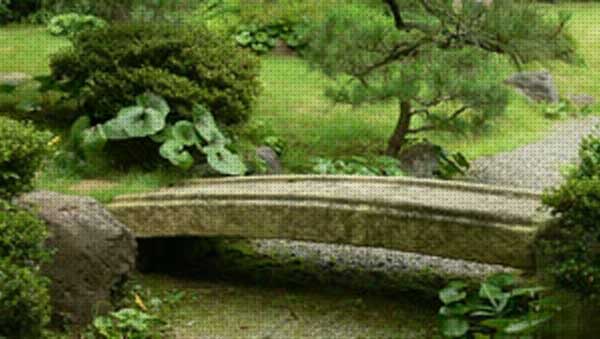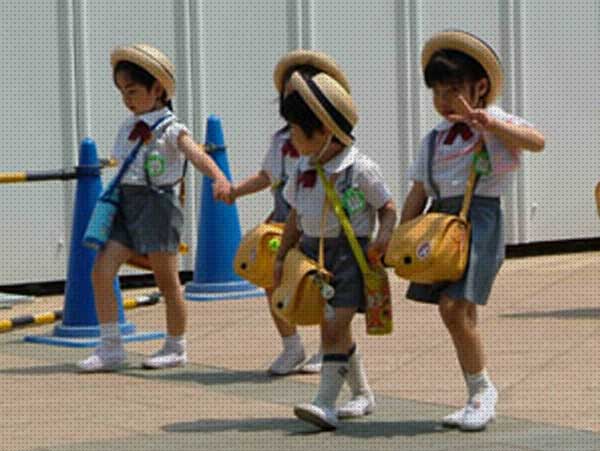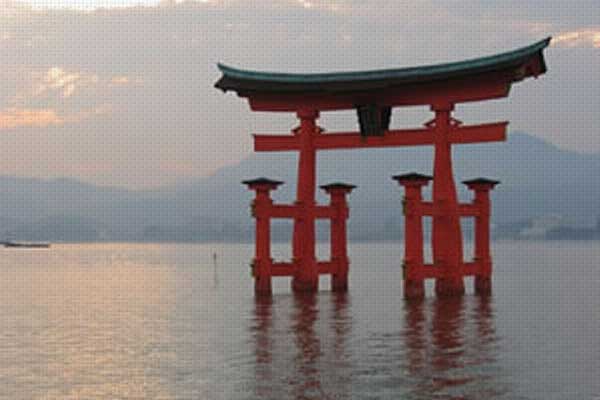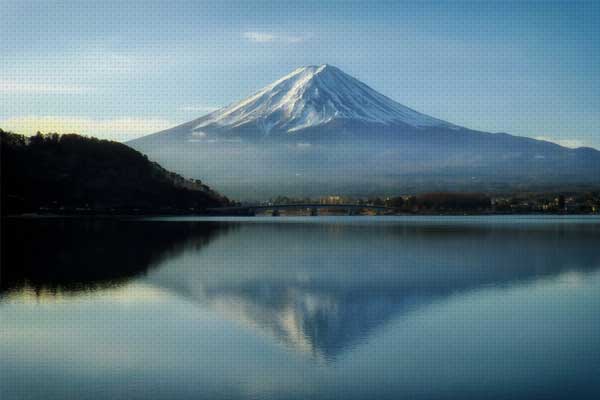Japan
Our presence in Japan
Our apostolic work in Japan is in line with a long Dominican tradition inherited from the Apostles to whom the Lord asks to go and evangelize all nations. St. Dominic dreamed of going to announce the good news to the peoples of Northern Europe. But what he could not achieve himself, his sons and daughters did it, first in the Middle Ages through the society of Peregrine, then later in the seventeenth century, by sending missionaries not only throughout Europe, but also in America and Asia, including Japan.
After the reopening of Japan to foreign countries, the brothers of the Dominican Province of the Philippine landed on Shikoku Island in 1904 to work for the proclamation of the Gospel. In turn, the young Dominican province of Canada (independent of the province of France since 1911), sought an opportunity to extend its apostolate beyond the country. This opportunity was offered in 1925 when a conflagration in Hakodate (Hokkaido Island) devastated houses, schools and churches. The Fathers of the Foreign Missions of Paris who had worked for more than forty years in this diocese were overwhelmed by these painful events and asked Rome to leave the diocese as soon as another community could take over the apostolic work undertaken in the parishes. At the same time Father Emile-Alphonse Langlais, provincial of the Canadian province, was demanding a mission territory from Rome.



Let’s take a look at the eighty years of its existence to get a clear outline of it. The perspective of this overview allows us to summarize the activity of the missionaries: from the diocesan administration to the formation of an independent vicariate, to collaboration with other provinces of the Order.
We can identify three periods: the first, from 1927 to 1948, when the Canadian province takes charge of the diocese of Hakodate-Sendai. Almost all the activities were then centered on the 17 parishes and the 5 services left vacant by the Foreign Missions of Paris. During this period, the superior of the Canadian Dominicans in Japan acts like a bishop. And when, a few years later, the bishop administers the diocese, the Dominicans will work under his jurisdiction in the manner of a diocesan clergy.
The second period covers the years 1949-1977. Released from the charge of administering the diocese alone, the Dominicans of our province thought of organizing themselves into an autonomous vicariate. The journey was slow. Among the events that contributed to the formation of a more autonomous group, we must first note the surplus of missionaries and the formation of a Dominican house in Sendai, the appointment of a Japanese bishop at the head of the diocese, the desire of certain Dominicans to undertake extra-parish works, and then, especially after the war, the arrival in the diocese of the Fathers of the Foreign Missions of Quebec and the Foreign Missions of Switzerland with whom it was necessary to share the signature of a thirty year convention. Japan (Sendai, Tokyo, Kyoto, Fukuoka, to name but a few large cities) saw homes and works of all kinds blossom that allowed the Dominicans of our vicariate greater freedom of apostolic expression, according to the charism of the Order, without minimizing the parish apostolate.
The third period, from 1978 to the present day, saw the arrival of new missionaries from the provinces of the Holy Rosary (Spain) and the province of Poland. this presence consolidated our presence on Japanese soil and the ministry of the brothers concentrated mainly in the pastoral care of parishes. Twenty brothers are involved in this mission, nearly half of which are Japanese.


